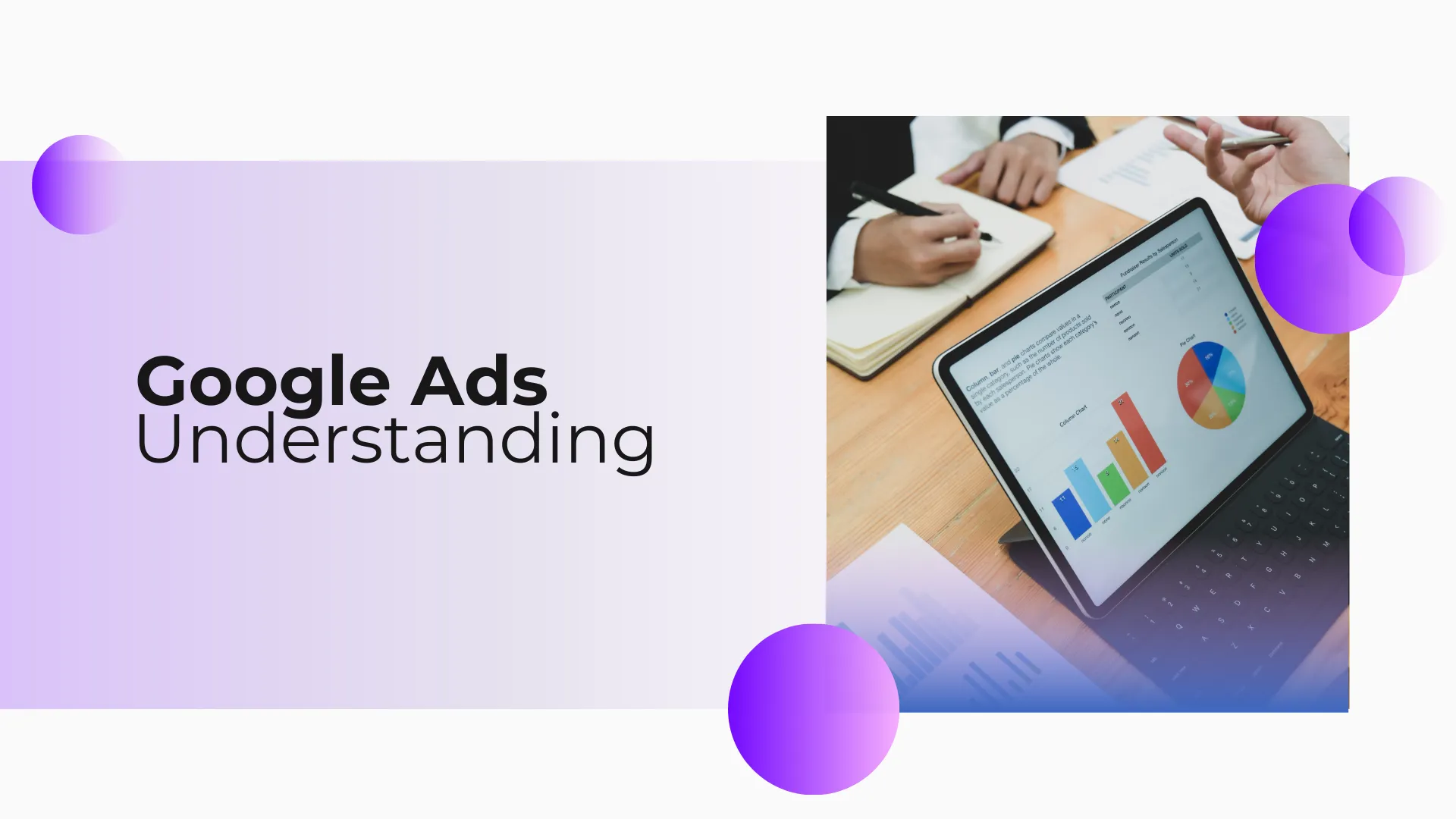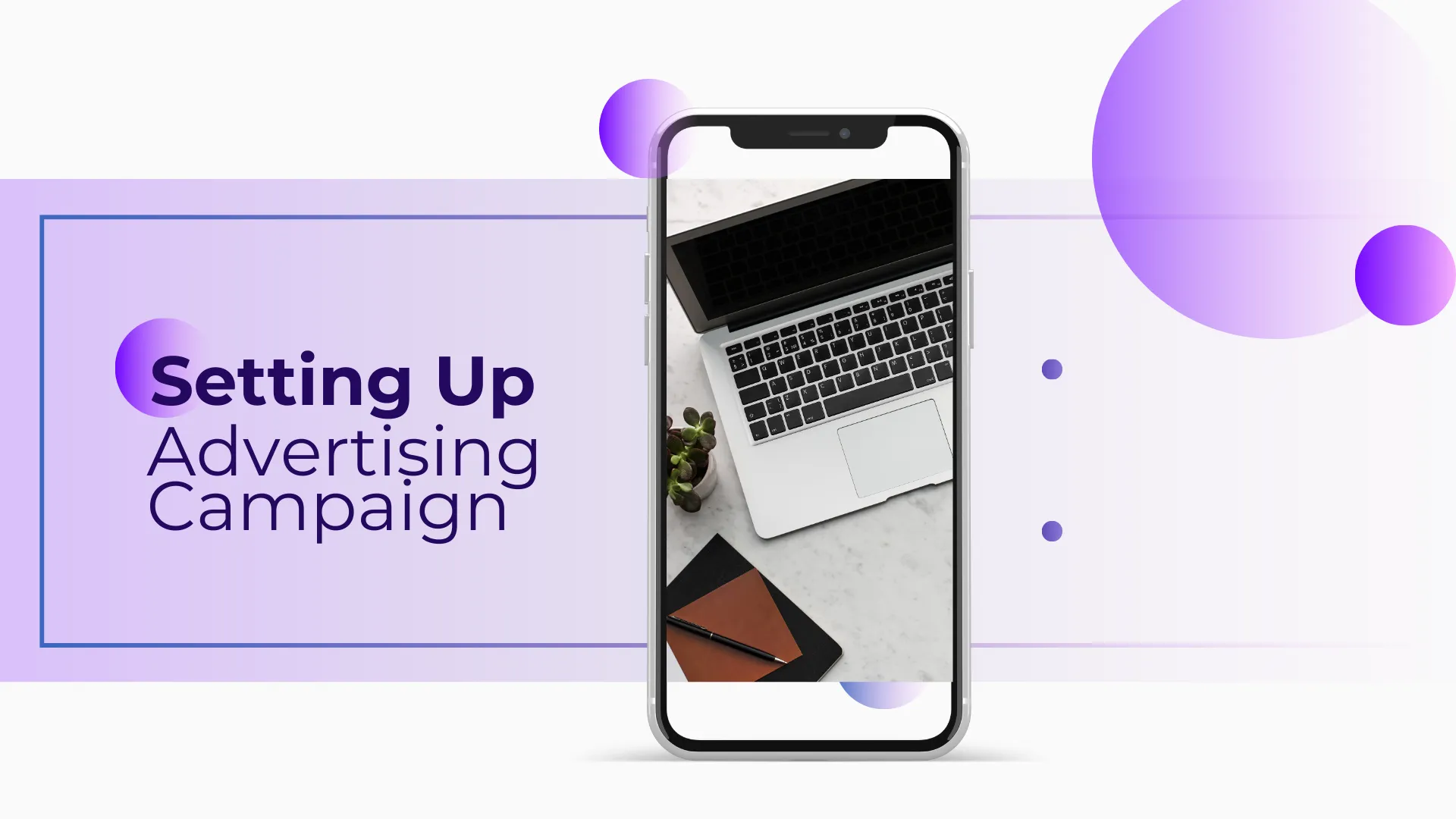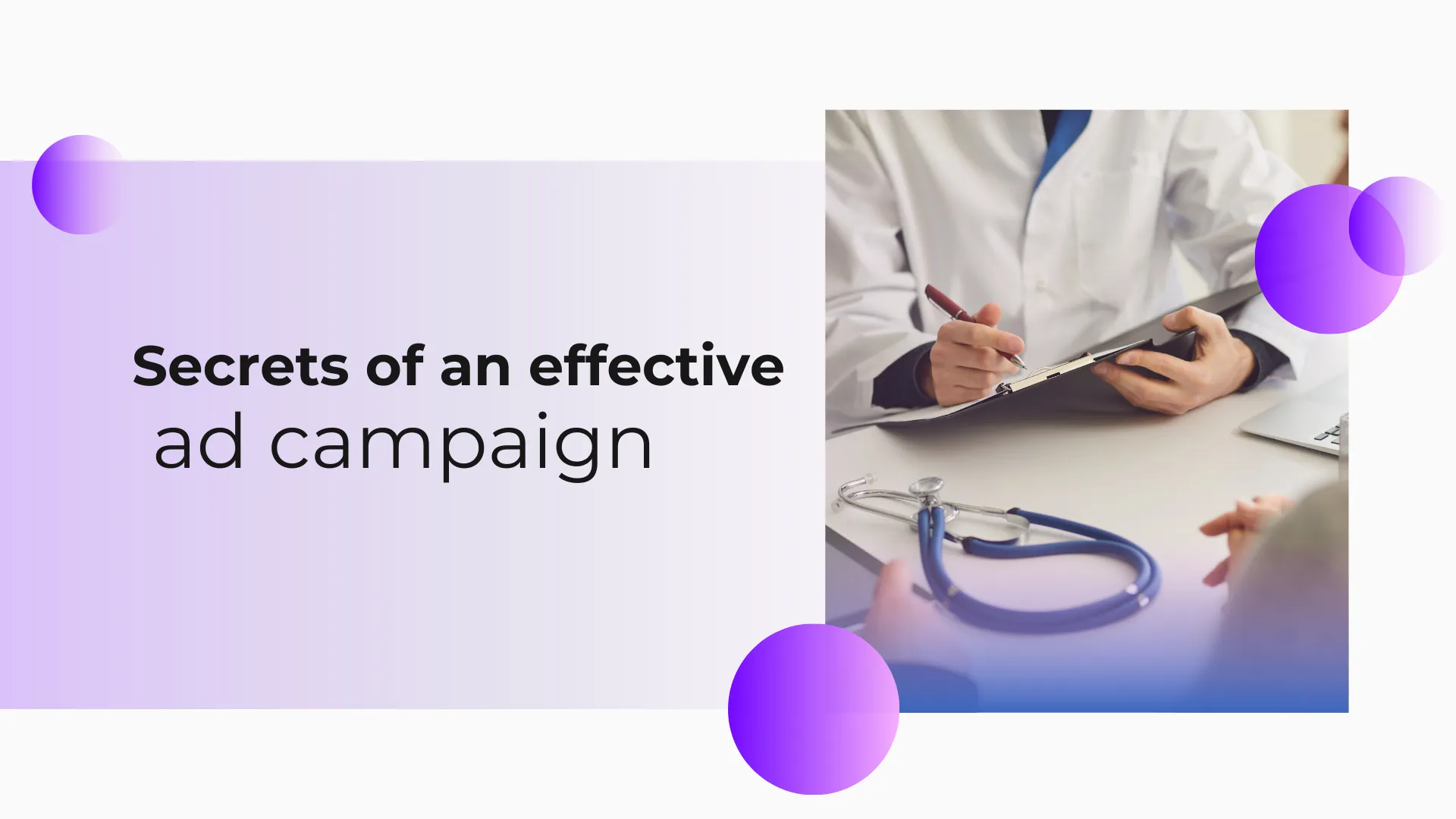How to Use Google Ads for Health-Focused Personalized Advertising
Since most consumers search for services online these days, Google’s ad techniques are becoming essential. According to statistics, most people seeking medical attention review the material found in the search before scheduling a visit. This simply serves to underline how important tailored advertising is in search results.
Understanding Healthcare Ads Landscape – Advertising Trends
It’s hard to overestimate the importance of Health in Personalized Advertising Google ads.
Google’s customized advertising lists health as a unique topic with certain qualifications. You can read more about these criteria below, but first, let’s talk about medical service advertising.

Personalization has become more important in health ads over time. People want relevant and helpful ads based on their health worries and interests. Some current trends are:
- More AI and machine learning for ad content.
- Health and prevention are key.
- Increased data-driven customer behavior analysis.
These developments emphasize the importance of personalization in health advertising, allowing advertisers to interact with their audiences.
Health in Personalized Advertising Google Ads: Regulations and Compliance
Health-related advertising is strictly regulated to safeguard patient privacy and accuracy. Although personalized advertising policies control compliance with advertising norms and laws, they are set up so that healthcare practitioners can acquire views.
Advertisers must be certified and present documents to prove their qualifications and compliance with local regulations to comply with this policy. This ensures only trustworthy companies can advertise healthcare products and services. Google also uses a sophisticated review system to evaluate ad content for compliance with these criteria, concentrating on health claim accuracy, source reliability, and audience relevance.
Key topics that cannot be advertised include the following sensitive interest categories:
-
Without regulatory approval, certain medical gadgets cannot be advertised.
- Misleading weight loss, muscle gain, or miracle cure claims are prohibited. This also applies to leveraging unfair societal biases.
-
Adult-themed health products and services are banned.
Healthcare professionals can access the following resources for thorough answers and up-to-date information on Google’s healthcare ads bans:
- Google Ads Help Center, Google Ads Policies.
- Organizations such as the American Medical Association (AMA) and the World Health Organization.
-
Reviewing HIPAA and GDPR compliance documents can illustrate best practices for patient data management and responsible healthcare advertising.
Google Ads healthcare industry compliance tips:
- Steer clear of advertising utilizing delicate health information.
- Get express permission before gathering or using personal information.
- Avoid bias and a negative perspective in health advertising.
-
Review and update your advertising policies often to follow current laws.
First Steps in Setting Up a Successful Advertising Campaign
Starting a Google Ads account is easy:
- Create a new account or log into one you already have.
- Click “Start Now” on the Google Ads homepage.
- Set up your account using the instructions; provide your business information and billing details.

Campaign management is done from the Google Ads dashboard. Key sections:
- Ad campaigns: Manage and track.
- Group advertising within campaigns.
- Create and manage ad creatives and extensions.
- Target keywords: Choose and manage them.
- Audience Manager: Segment your target users.
Learn these areas to utilize the platform efficiently. Using Google Ads for personalized healthcare campaigns helps you locate new patients and increase sales.
Best Ways to Defining Your Target Audience
Portray your aims and audience before starting an ad campaign. To customize adverts, consider age, gender, location, interests, and health. Consider also the primary worries of the target demographic and try to avoid bringing up delicate subjects or negatively portraying a given issue.
Targeting the correct audience requires keyword research. Use Google Keyword Planner or SEMrush to find high-volume, low-competition keywords.
Here are Google Ad’s best practices for healthcare advertising to do it properly:
-
Use Google Term Planner: This free tool helps you find medical ad keywords by identifying term suggestions, search volume, and competition.
- Compare your competitors‘ Google ads health in personalized advertising. You might uncover new ideas or analyze and avoid mistakes there. Examine the keywords utilized by successful niche competitors. SEMrush and Ahrefs can reveal competitors’ keyword tactics.
- Use long-tail keywords: Target phrases with two or more words for lower competition and higher conversion rates. Searching for a “pediatrician near me” may yield better results than searching for a “doctor.”
- Forums and communities: Reddit and health forums might reveal your target audience’s health lingo and phrases.
- Conduct polls and interviews: Get patient or potential client input to grasp their worries and terminology to choose keywords.
- Consider local SEO: If your medical practice serves a certain region.
- Google Trends lets you match keywords to health trends and subjects of interest by tracking search phrases over time.
- Examine health tools: Use Ubersuggest to study health keywords and their performance.
These methods will help you build a patient-focused keyword list that helps with a successful ad campaign.
Creating Effective Health-Focused Ad Campaigns
Tailoring Google Ads campaigns for healthcare companies is simple if you follow our tips:
- Writing effective ad language involves clarity, relevancy, and compliance.
- Speak concisely.
- Promote your health product’s benefits.
-
Encourage user involvement with a call to action.
Effective Google Ads strategy for health and wellness businesses requires the right ad type. Different forms, like text, display, and video adverts, suit different user preferences. Display advertisements may draw viewers in with captivating pictures, while text ads are short and effective for quick messaging. Storytelling and extensive explanations make video advertising ideal for complex health information and service promotion.

Best Google Ads formats for health product marketing include:
- Search ads have the highest click-through rates (CTR), reaching 5-10%, greater than the industry average. Search ads target users actively seeking healthcare services, increasing intent and conversion.
- Display advertising has a lower CTR (0.5-1%), but it increases brand knowledge, making it ideal for patient awareness campaigns.
- Informative healthcare storylines in video advertising can boost subscriptions or appointments by 20%. Healthcare marketers can use these facts to determine ad formats that meet their aims, such as patient engagement or brand visibility.
The ad structure should match your campaign goals and audience preferences to boost engagement, click-through rates, and conversions.
Ad extensions offer medical practice information and boost visibility. Options for extensions include:
- Sitelink: Take visitors to your landing page or contact form pages.
- Call: Let customers call your business from the ad.
- Location: Show your medical practice’s address and directions.
- Review: Display good patient ratings.
This information will help you to conclude the best healthcare PPC strategies with Google Ads.
Setting Up and Managing Health-Focused Campaigns
Start by setting campaign goals like brand recognition, leads, or appointments. After setting goals, create ad groups by service or audience segment for customized messaging and performance tracking.
Budgeting calls for you to distribute money based on the possible return on investment (ROI) for every campaign.
Arrange your ad groups and campaigns logically:
- Sort according to the good/service category for improved control.
- Create well-defined budgets and change them depending on performance criteria.
Making use of personalized ads targeting features using Google Ads’ targeting tools will help your health-conscious ads be much more successful.
These salient features should help you to think through Health in Personalized Advertising Google ads:
- Custom intent audiences: Sort consumers according to current healthcare product or service search activity. Reach those who are actively looking at or evaluating healthcare choices in the market. Engage people who have already visited your website so that customized messaging might inspire them to come back.
- Demographic targeting: Match your audience to your services by age, gender, parenting status, or family income.
- Target lookalike audiences to find patients who resemble your current customers.
- Geotargeting: Show local patients relevant adverts by location.
These tailored targeting options help you reach appropriate consumers and boost health-focused ad interaction.
Effective Monitoring and Optimization of Healthcare Campaigns
Estimate expenses and change depending on performance criteria using the budget planner available on Google Ads. Track your campaign expenditure closely and be ready to allocate money to outstanding campaigns or stop those falling short of your expectations. Reviewing and changing your budget often guarantees that your resources are best focused on reaching your goals for health advertising.
Ad campaign success can be measured by metrics like:
- CTR is the percentage of people who clicked on your ad after seeing it.
- Conversion rate: The percentage of people who schedule an appointment or fill out a form.
- CPC: The price you spend for each ad click.
-
Quality score: How relevant and beneficial your ad is to users; higher scores cut CPCs and improve ad ranking.

Constant improvement is essential for successful Google ads health in personalized advertising:
- Modify bids depending on performance.
- Refine your focus to appeal to more pertinent groups.
- Use A/B tests for creatives and copy to find the best.
Once your health-conscious adverts are put up, you should pay close attention to many important factors to guarantee continuous efficacy.
Creating personalized Google Ads for health services won’t be effective until these elements are checked:
-
Website usability
Make your landing pages easy to use and optimized for desktop and mobile devices. Optimize the website for fast loading times to reduce bounce rates and increase user experience.
- Correct contact info
Phone numbers, email addresses, and office hours should be correct and prominently posted.
- Regular content updates
Update information, offers, and services to keep your website and ads current.
- Data privacy and security
Protect user data and comply with privacy rules, especially when managing sensitive health information.
Balancing Innovation and Privacy in Health-Focused Google Ads
Google Ads are a highly effective form of advertising that yields great outcomes. You can achieve impressive results by comprehending the landscape, setting up your account, defining your audience, developing engaging ads, and optimizing your campaigns.
To ensure compliance in your advertising efforts, it’s essential to stay updated with industry developments and legal requirements. Always prioritize prospective patients’ health by providing accurate information and advocating for ethical healthcare practices through your campaigns.
For those looking to enhance their advertising strategies, Webugol offers innovative solutions to help you create targeted and effective campaigns that resonate with your audience.
Subscribe to our newsletter to stay current with the latest ideas, trends, and tactics in health-conscious advertising!


